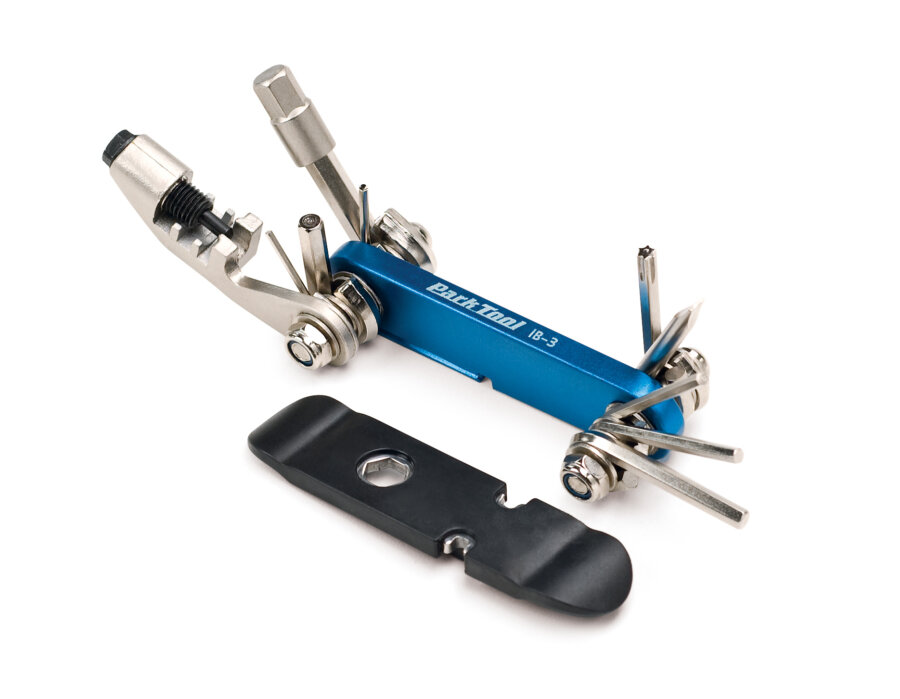I hurt my back picking up a file on Monday and needed something to do after work, and so I decided “Bicycle Book Club”, where I read and then write about books related to bicycles in some respect, is my new hobby. I’m hoping to read one a month, because I am also studying for the CPA, which would probably be the better use of my time, but we all need a way to relax.
My first book for Bicycle Book Club is The Rider by Tim Krabbé. I bought it back in December, started reading it, and then had to work the usual tax accountant busy season while also passing my first CPA exam, so reading for pleasure fell to the side. I decided to read it, because I saw an article online about the writer and another one about the book and the following it has. I am not a big reader, at all, but I figured it would be a good thing to do before bed, and I like bicycles, so I figured I would enjoy it.
When I picked The Rider back up to read the second half, I finished it in one night, and drove my husband insane, because he would ask me questions and I would tell him to stop bothering me while I was reading.
The Book is difficult to describe, because it is about a bicycle race, but it is also about cycling, the types of people who succeed in the sport, racing strategy and his own path as a cyclist. I find it difficult to discuss this book without giving away things that happen. He goes from the race and competitors to stories about past races both personal and professional so smoothly, I couldn’t stop reading, because I just wanted to know more.
The race described has all the ups and downs you expect from a bicycle race. I found myself reading about the peloton and wondering why no one tried to bridge the gap, even when the rational side of my brain knows exactly why they’re doing what their doing. I know you only have so many matches to burn, and I am fascinated by the rider’s thoughts during the race, but I had moments where I felt like the spectator who told them they weren’t even going fast.
Some of Krabbé’s narration reminded me of how it feels when you’re out riding your bike. On page 33 he writes “I believed that, while cycling, I would come up with thoughts and ideas for the stories I’d be writing for the rest of the time. Fat chance. The rest of my time I spent jotting in my cycling logbook and keeping statistics on my distances and times, and while cycling I thought of nothing at all.” He describes almost every cyclist I know. What’s truly amazing reading this paragraph in modern times is the way we have found more excuses to think about and analyze our rides. We post on and track rides on apps like Strava and TrainingPeaks, so we can find just one more excuse to spend time thinking about riding our bikes.
That last sentence perfectly describes how I feel when I am riding my bike. I don’t think about things. I go out knowing my mind won’t be focused on anything, aside from making it to the top of the hill. It’s a beautiful thing.
If I didn’t know it was fictional, I would have thought this race was real. The pain described toward the end of the race and the amount of planning that went into the final sprint at the end of the race seems sounds like something that only comes with experiencing those things first hand. Tim Krabbé’s ability to convey the experience of racing on paper kept me enthralled in the book until the very end.
If you are looking for a light read that will simultaneously keep you hooked on every single curve in the road and each rain drop that falls from the sky, then this is the book. You probably also need to ride bikes to enjoy it as much as I did, but I think this book could appeal to more than just the bicycle obsessed like me. You can purchase the book below. Also, please tell me if you want to sit down and discuss this book, because I think “Bicycle Book Club” should be a real thing. Next month I am reading The Divide: A 2700 Mile Search for Answers, also linked below, so maybe someday I will have someone to discuss my books with.




























